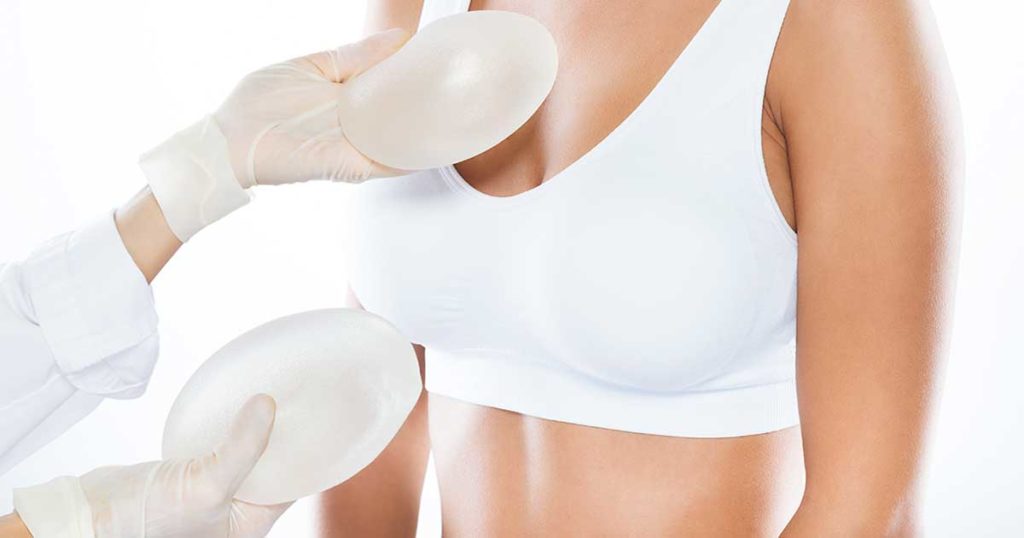Scarring is only one consideration when choosing the type of breast augmentation procedure to undergo. There are pros and cons to all incision sites.
There are currently four incision site options for women undergoing breast augmentation surgery. Each has its advantages and disadvantages depending on the priorities of the patient and/or surgeon, but breast augmentation is a cosmetic procedure and the appearance of the breast post-surgery is usually of great importance to both the patient and surgeon. Trans-umbilical breast augmentation (TUBA) is the latest method for minimizing scarring, but is it the best option?
Common Breast Implant Procedures
Inframammary incisions, those that run under the breasts where they meet the chest are a preferred incision of surgeons. This is because it is the most straightforward method of inserting an implant into the correct location, creating a simple pocket either above or below the muscle. The surgeon has the best visual advantage using this incision and the best control over the placement of the implant. One disadvantage, however, is the placement of the scar.
The inframammary incision is up to 1.5 inches in length for saline implants and sometimes larger for silicone implants. Although it is hidden by the natural breast crease when standing, it is readily visible when lying down. The scar may also become visible later on if the size of the breast changes, such as during pregnancy or revision breast surgery to a larger implant. Inexperienced surgeons may also have difficulty gauging the correct placement of the incision in relation to the new breast size.
Concern over scarring has led to the widespread use of the areolar incision in breast implant procedures. A U-shaped incision where the darker skin of the areola meets the lighter skin is meant to disguise any scarring. Like the inframammary incision, an areolar incision allows good visibility of the surgical site, although it may be more difficult to insert larger silicone implants through the smaller incision. Saline implants can be filled after insertion.
A concern of the areolar incision is the potential of infection from bacteria found in the mild ducts. Some physicians will use a protective covering during insertion to prevent contact between the breast milk ducts and the implant. For women who may potentially breastfeed after surgery, the areolar incision may result in changes in nipple sensation or damage to nerves necessary for breastfeeding. The scarring from this incision, however, is usually minimal.
Less Common Breast Implant Incisions
The transaxillary incision results in no breast scarring because the incision is made in the armpit. Physicians may or may not use an endoscope during this procedure to provide better visibility. Because the physician cannot visualize the area directly, this incision is more likely to result in misplacement of implants than the inframammary or areolar incisions. However, it is still less complicated than trans-umbilical incision.
Trans-umbilical breast augmentation is less commonly done because fewer physicians are trained in the procedure. It may be difficult to find one with experience. TUBA is done through a small incision at the edge of the navel and, using an endoscope, the surgeon creates a small channel to the appropriate location in the breast tissue to insert and move the rolled-up implant. Once the implant is located in the breast tissue, it is filled with saline. With this incision, there is a small scar near the navel that may or may not be visible. One potential complication, however, is irregularities in the skin where the endoscope traveled from the navel to the breast tissue.
Discussing the options with your surgeon is the best advice for those seeking breast augmentation. There are many factors to consider and patient and doctor should work together to determine which surgical procedure is best. Some factors to consider include surgeon experience, childbearing plans, scarring concerns, potential complications, and cost.
References:
- American Society of Plastic Surgeons: Breast Augmentation. (accessed July 11, 2010)
- Just Breast Implants: Breast Augmentation Incisions. (accessed July 11, 2010)
